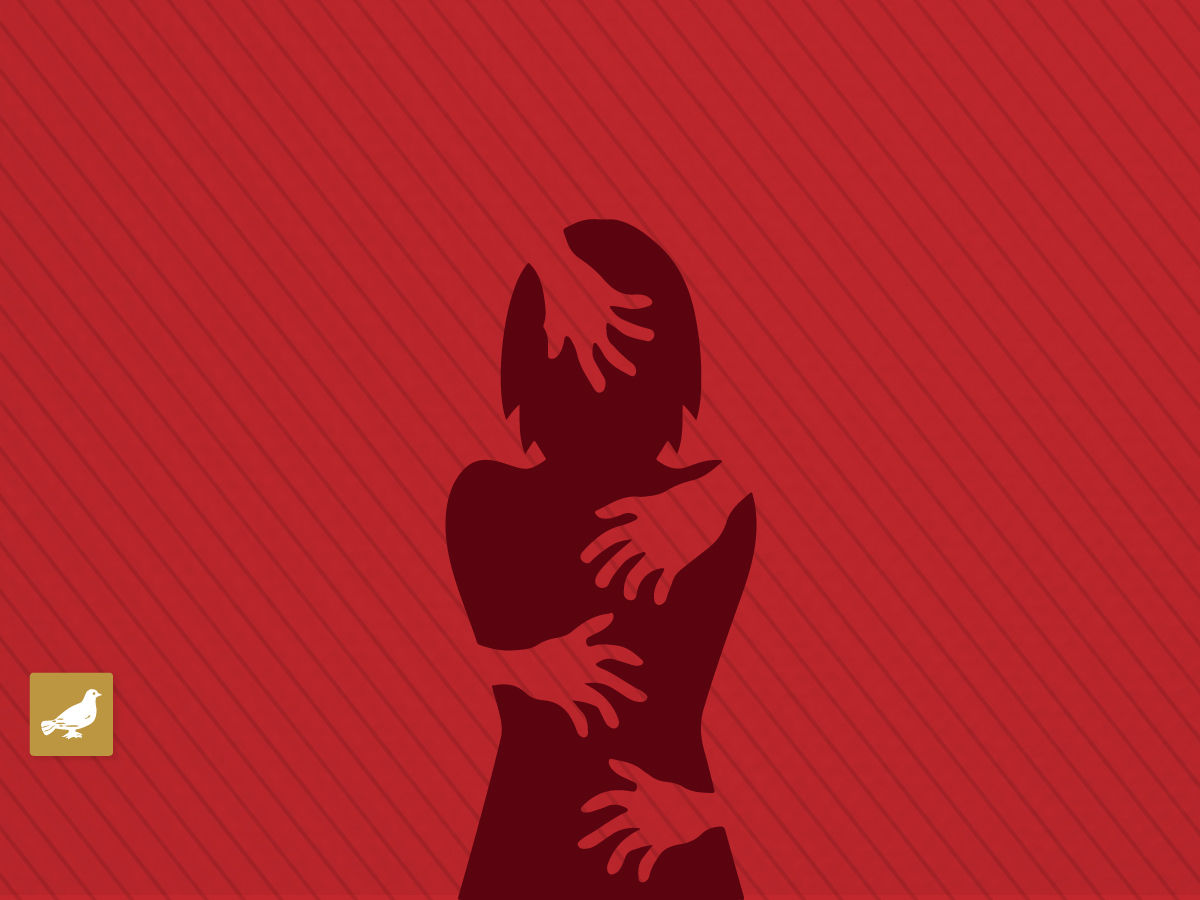
Over the last decade, as per the Prisons Statistics India reports, the number of incarcerated women in India has risen significantly, climbing from 15,037 in 2010 to 17,834 in 2015 and reaching 23,772 in 2022, reflecting a substantial 58.09% increase from 2010 to 2022. The growth in women prisoners with children has been marginal, going from 1515 in 2010 to 1537 in 2022.
Consequently, the number of women-only prisons has seen a notable surge, expanding from 18 in 2010 to 29 in 2020 and further to 34 in 2022. The capacity of these facilities has also increased, going from 3600 in 2010 to 6179 in 2020 and 7071 in 2022. Despite this, the utilisation of women-only jails in 2022 stood at 60.1%, housing only about 17.8% of the total number of women prisoners.
Among the Indian states and union territories, only 16 have established women-only jails. Rajasthan and Tamil Nadu lead with 7 and 5 such prisons, respectively. However, states like Bihar, Maharashtra, Uttar Pradesh, and West Bengal, although having women-only jails, exhibit limited capacities compared to their women prisoner populations.
Less space, more inmates
For instance, Uttar Pradesh had 4,809 women prisoners in 2022 but a capacity of only 540, accommodating merely 11.2% of the total women prisoners. Similarly, Bihar had a capacity of 202 but held 2938 prisoners in 2022. In contrast, states like Rajasthan, Tamil Nadu, and Kerala possess sufficient capacity to accommodate their women prisoners.
It’s surprising that despite having significant numbers of women prisoners, Chhattisgarh, Haryana, and Madhya Pradesh lack women-only jails. These states have historically had high numbers of women prisoners, with Madhya Pradesh increasing from 1312 in 2015 to 1810 in 2020 and Chhattisgarh decreasing from 908 in 2015 to 879 in 2020.
While the ratio of women staff to women prisoners has reduced from 4.06 in 2015 to 2.7 in 2022, concerns remain. In 2022, 75.06 % of the women staff were jail cadre staff. The 2018 Women in Prisons report by the Ministry of Women and Child Development highlighted the inadequacy of female medical personnel. Even in 2022, only 3.4% of the total women staff is comprised of medical professionals. Some states, including Gujarat, Haryana, Himachal Pradesh, and Meghalaya, reported no resident or medical officers.
Fewer jobs
The Standing Committee report, ‘Prisons – Conditions, Infrastructure, and Reforms’, emphasises the need to enhance the representation of women in prison-related jobs, especially in correctional staff roles. In 2022, the number of correctional staff across India was 174, constituting 2% of the total women staff. The committee also recommended separate facilities, more specialist women doctors, and increased representation for women in correctional staff roles.
Despite existing laws for women’s protection, the report notes that women face discrimination, and their challenges multiply when they are involved in the legal system. Female prisoners encounter numerous problems, including gender discrimination, overcrowded and unhygienic conditions, and custodial rape.
The report urges state governments to prioritise women-only prisons and staff, with separate facilities for women with children designed in a child and nursing-mother-friendly manner. It emphasises the importance of ensuring that women’s fundamental human rights are respected and protected during incarceration.
Women are vulnerable
Recognising the critical need for awareness, it is essential to acknowledge the heightened vulnerability of women prisoners compared to their male counterparts. As indicated by Prison Statistics India 2022, a significant proportion, amounting to 82.2%, find themselves confined within common prisons. Female inmates face a spectrum of challenges, including gender discrimination, exposure to unsanitary conditions due to overcrowding, and the alarming risk of custodial rape. The limited availability of women-only correctional facilities and the inadequacy of female staff exacerbate these difficulties.
Given these circumstances, it becomes imperative for states and union territories (UTs) to actively engage with and implement the recommendations outlined in the standing committee report. This proactive approach is crucial for enhancing the living conditions of women prisoners, addressing their specific vulnerabilities, and fostering a safer and more secure environment within the prison system.
Apoorva is a Research Associate at CDPP. She has a master’s degree in economics from the Jindal School of Government and Public Policy. Her areas of research include development economics, education, and gender.
